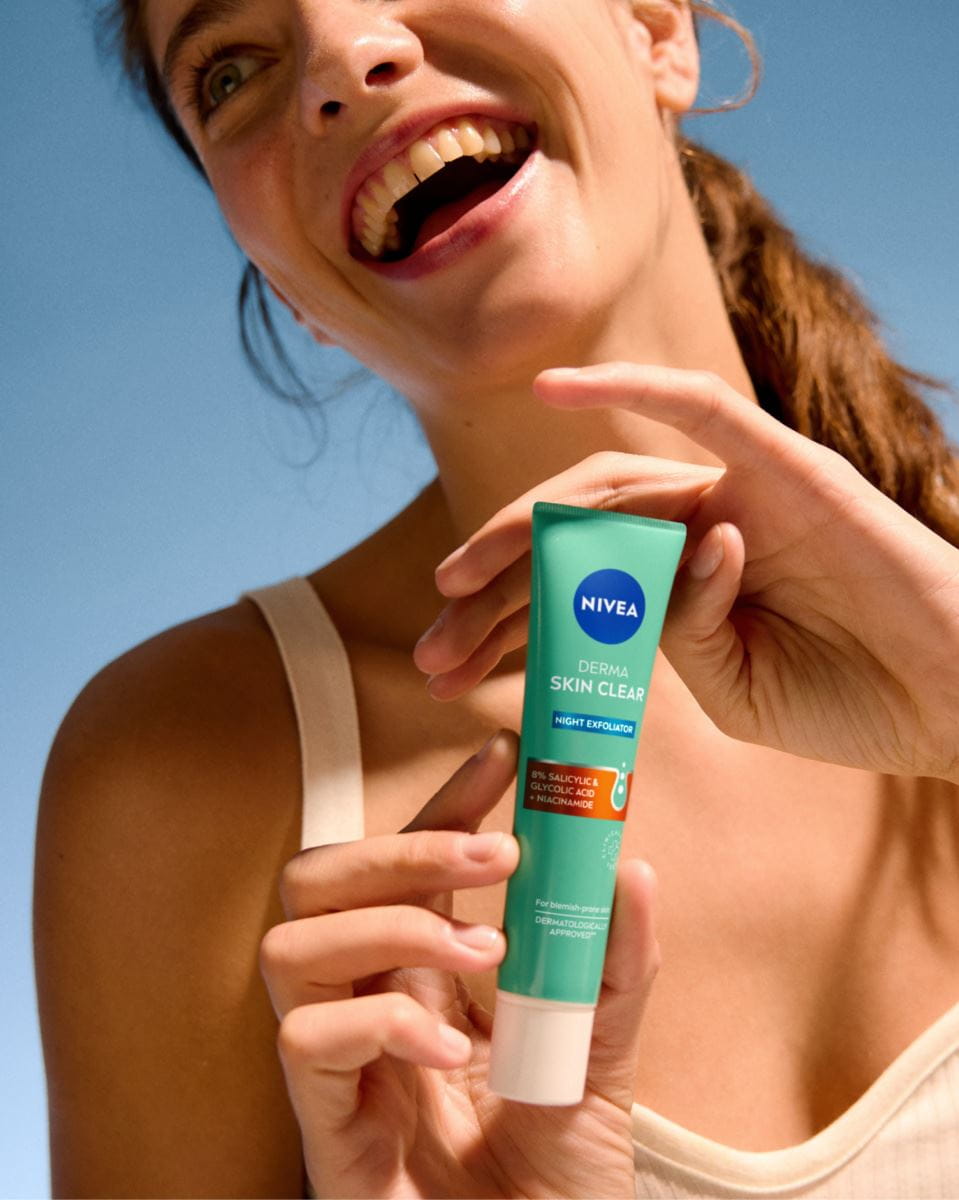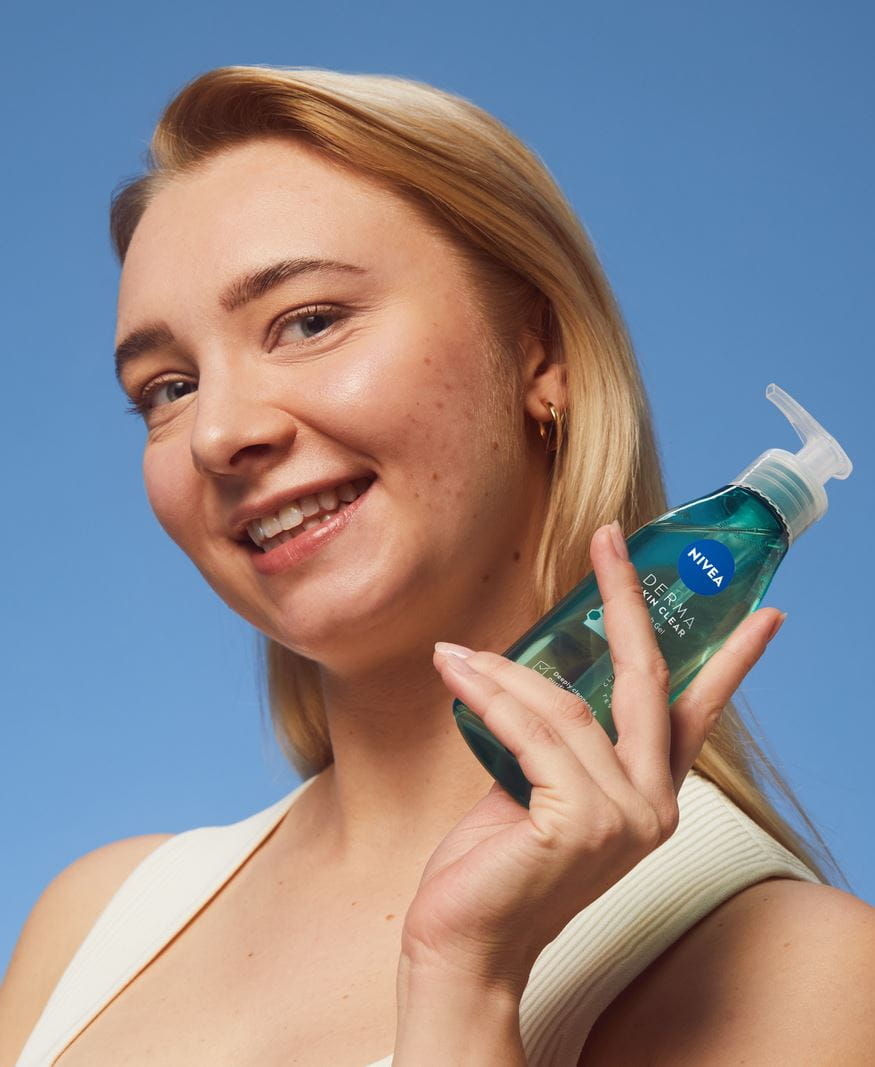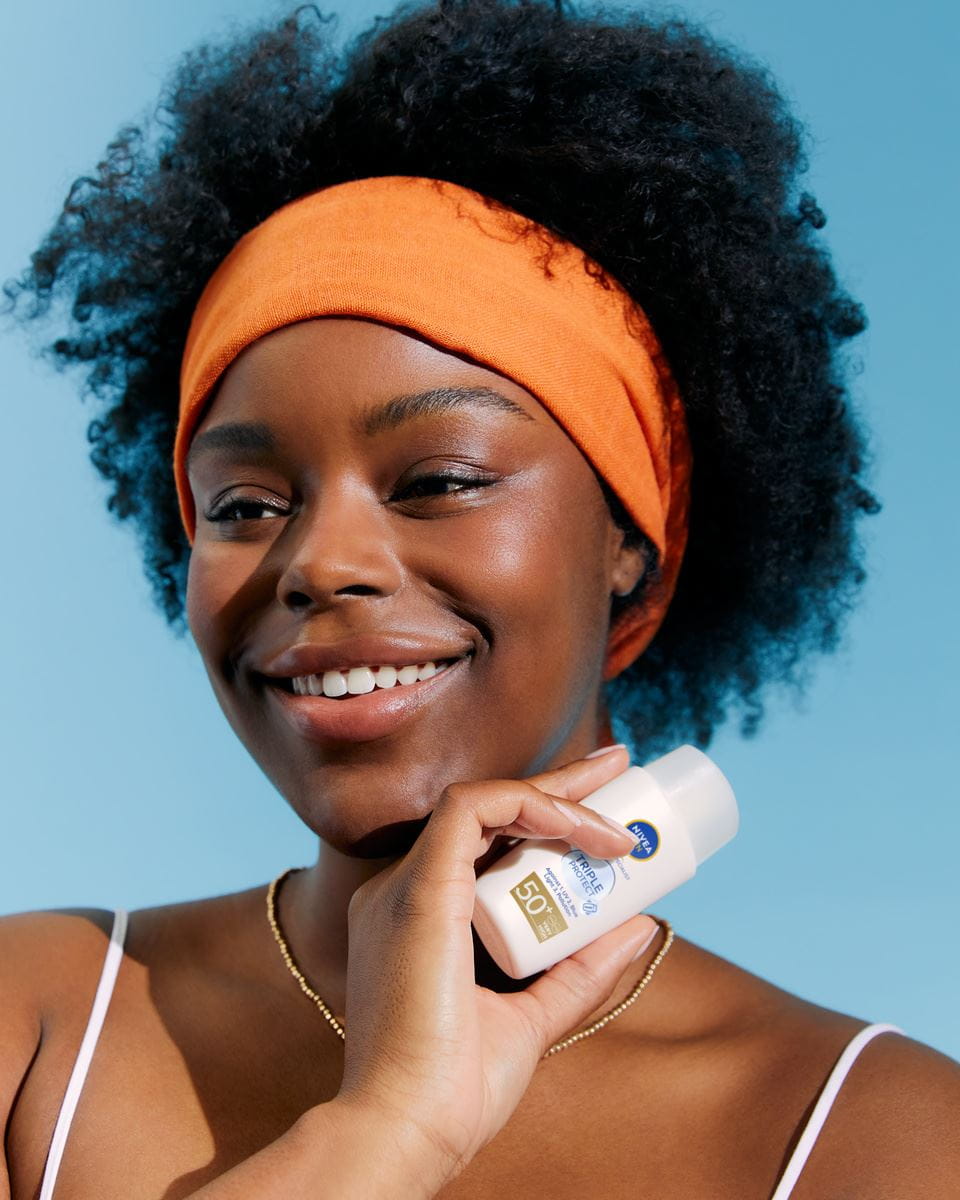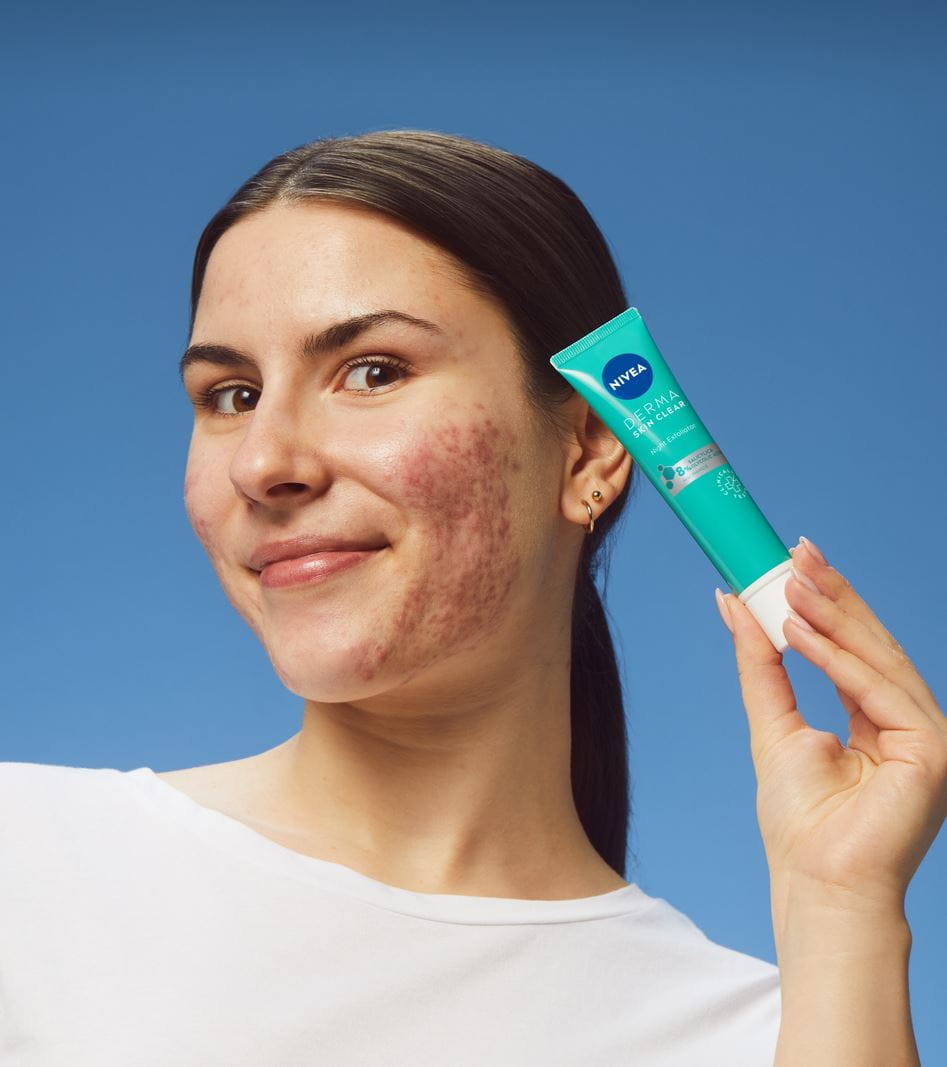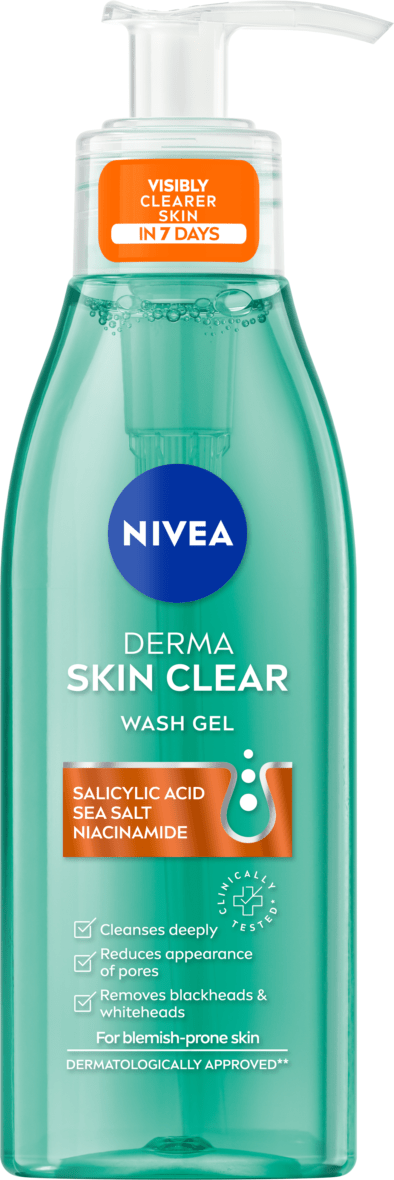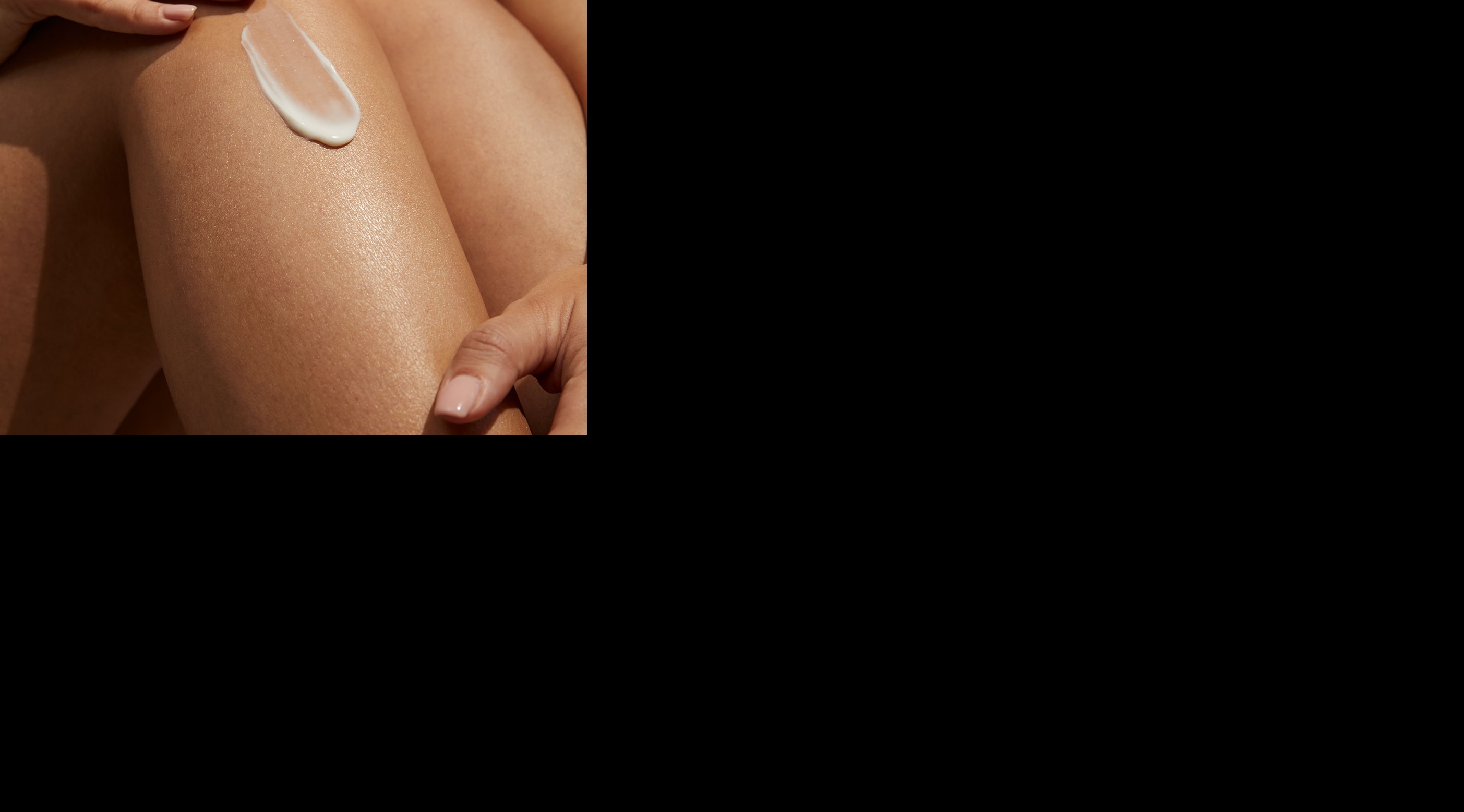
How to Get Rid of Pimples: Causes, Care and Prevention
Learn what causes pimples, ways to get rid of or prevent them from forming, and a bespoke NIVEA skincare routine to promote a clearer complexion.
Get rid of pimples
Pimples are inflamed bumps on the skin common to all ages, appearing on the face, back, and other areas. They form when pores (opening of pilosebaceous follicles) clog with oil, dead skin cells, and dirt, allowing bacteria to grow and cause inflammation. Factors like hormones, diet, stress, and skincare habits contribute to their development. Understanding these causes and exploring treatment options can help manage and reduce pimples, leading to clearer skin.
Different types of pimples include:
6 Common Causes of Pimples
Pimples could develop due to several factors. Here is a list of common causes and contributing factors:
4 Ways to Get Rid of Pimples
Facts Overview
How To Get Rid of Pimples
HOW TO TAKE CARE OF BLEMISHED SKIN
NIVEA Derma Skin Clear Routine to Reduce Blemishes
NIVEA Derma Skin Clear for Clearer Skin
5 Ways to Prevent Pimples
A combination of good skincare practices and lifestyle adjustments can not only help to get rid of pimples but also contribute to prevent future ones forming.
Summary
Pimples are a common concern for people of all ages. Understanding their causes such as clogged pores, as well as favouring factors such as hormonal changes, and stress is key to effective treatment. Maintaining a consistent skincare routine and managing stress are crucial for both prevention and treatment. When breakouts occur, immediate actions like cleaning the area, applying spot treatments, and avoiding squeezing can help manage them quickly. By following these guidelines, you can achieve clearer, healthier-looking skin and enhance your overall well-being.

